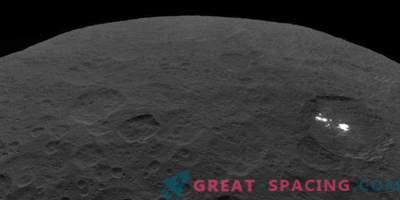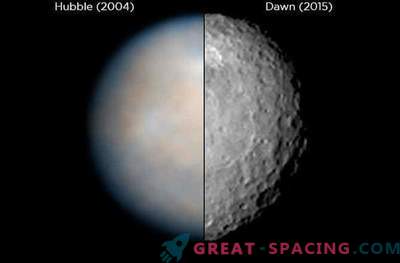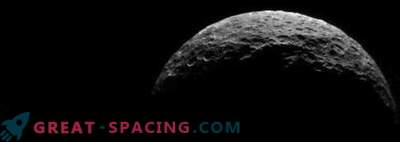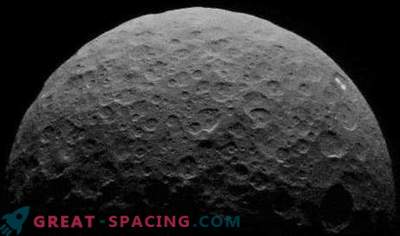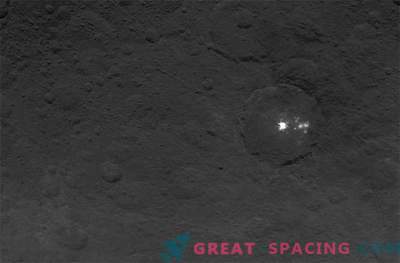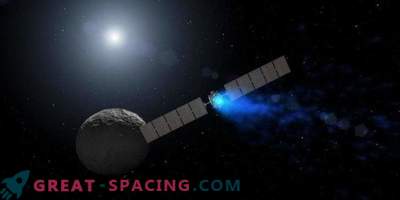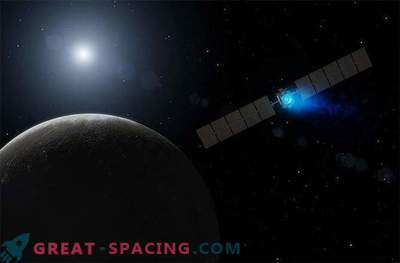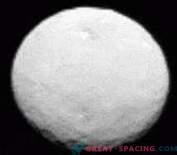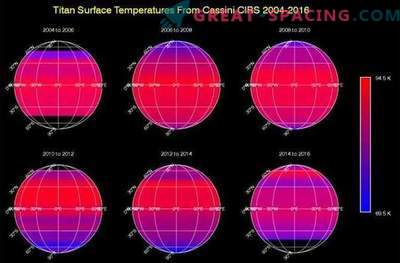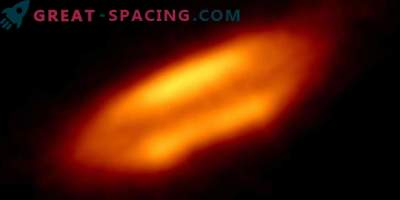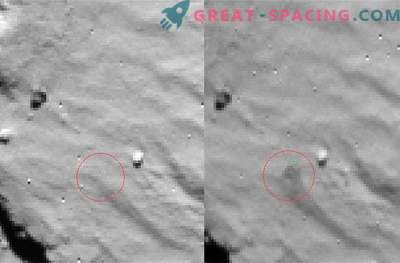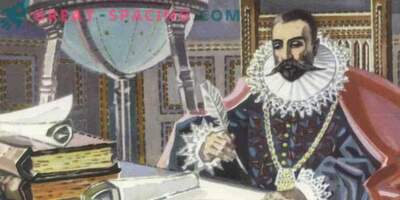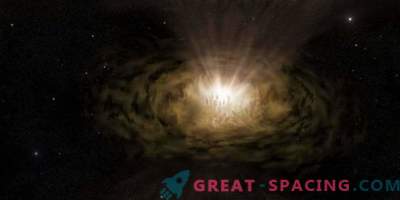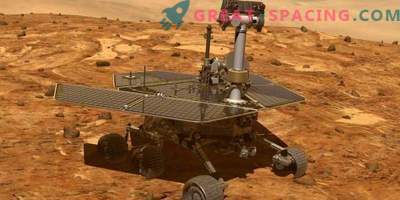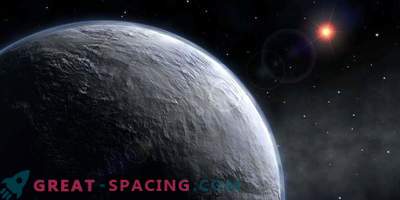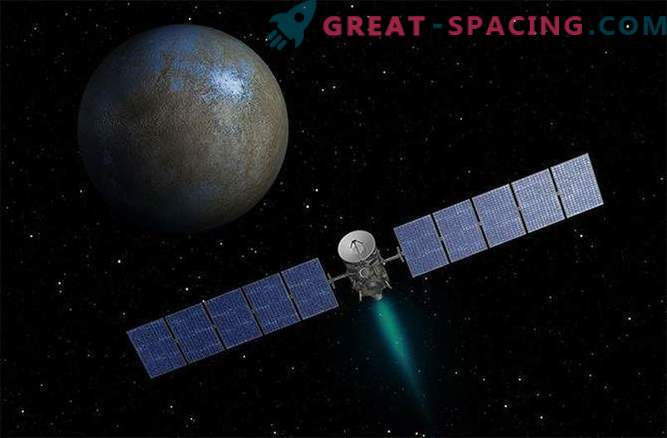
The NASA Dawn mission showed us in extraordinary detail the icy surface of the dwarf planet Ceres, but the adventure is just beginning.
After parting with the massive asteroid Vesta in 2012, the robotic probe ion engine was directed to its second object, located in the asteroid belt, becoming the first spacecraft in history to study asteroids in this region. Dawn also became the first probe to enter the orbit of two celestial bodies during the same mission, which became possible with the help of a highly efficient motion regime.
Last week, NASA scientists published the most detailed images of Ceres today, which are even better than photographs taken with the Hubble Space Telescope.
During a special press conference titled “Ice Worlds” at NASA's Jet Propulsion Laboratory in Pasadena, California, Dawn's scientists and engineers explained the need to study the asteroid belt, in particular its two largest bodies, whose mass reaches 40 percent belt.
Dwarf Planets
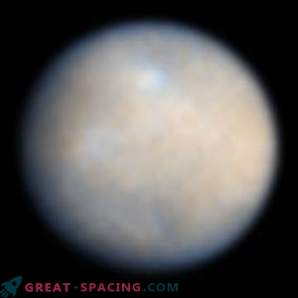
This is how Ceres looks through the lens of the Hubble Space Telescope.
“These are tiny planets,” said Dawn's project manager Robert Meiss. "These are the planets that formed according to a scenario similar to Earth."
During their formation, Ceres and Vesta were deprived of the opportunity to fully reveal their planetary potential, because of the massive Jupiter, who suppressed them with its enormous gravitational force. Instead, Ceres and Vesta forever remained protoplanets. "Dawn was conceived as a mission that will return to the beginning of the solar system ... during the time when the planets began to form," said Deputy Chief Researcher Carol Raymond.
In fact, the probe bears the name of a mission that explores objects that appeared at the dawn of the evolution of our solar system, revealing the secrets of the formation of planets.
The next partner in the sky dance of Dawn
Journey to Ceres is a kind of heavenly dance, which began after the start in 2007, continued after meeting with Vesta in 2011 and will reach its climax during rapprochement with Ceres.
"What we are trying to do now is to catch up with the speed of Ceres moving around the Sun, so we slow down," said Flight Operations Engineer Keri Bin. "Unlike traditional rocket engines, our system is slower and it takes more time."
Dawn has three ionic engines used to drive the probe into motion, which allow steady acceleration to be achieved over a long period.
Interestingly, all maneuvers probe performs autonomously. Since the spacecraft is at a considerable distance, its signals take an hour to complete their journey back and forth.
"Most of the time, we have no connection with the staff," the mission director and chief engineer Mark Reiman told reporters at the mission control center. "This sophisticated robot, currently located deep in the solar system, can perform operations on its own." As we get closer to Ceres, some details of this mysterious world are revealed.
New satellite of Ceres

The mysterious bright spot of Ceres
Since this dwarf planet, 490 km (300 miles) wide, is located in the inner part of the Solar System, it is much warmer than the dwarf planets located beyond the orbit of Neptune in the Kuiper belt. But it also became known that Ceres is an ice body, even more icy than her cousin Vest.
Scientists have already studied photographs of Ceres taken by the Hubble Space Telescope, and then they decided that this small world has a relatively smooth surface. But the cameras of Dawn showed us that Ceres could be anything but not smooth. It seems that it has craters, a diverse relief and a strange bright clot, the nature of which is still not clear. But the most pleasant moment is that very soon Dawn will transmit more and more clear images of the surface of Ceres.
However, Ceres will be the Dawn's final stop on a grand tour of the asteroid belt. When the probe has run out of hydrazine (the fuel used to move the spacecraft), the mission will be completed and Dawn will become a permanent man-made satellite of the dwarf planet and the orbital monument of Ceres.

